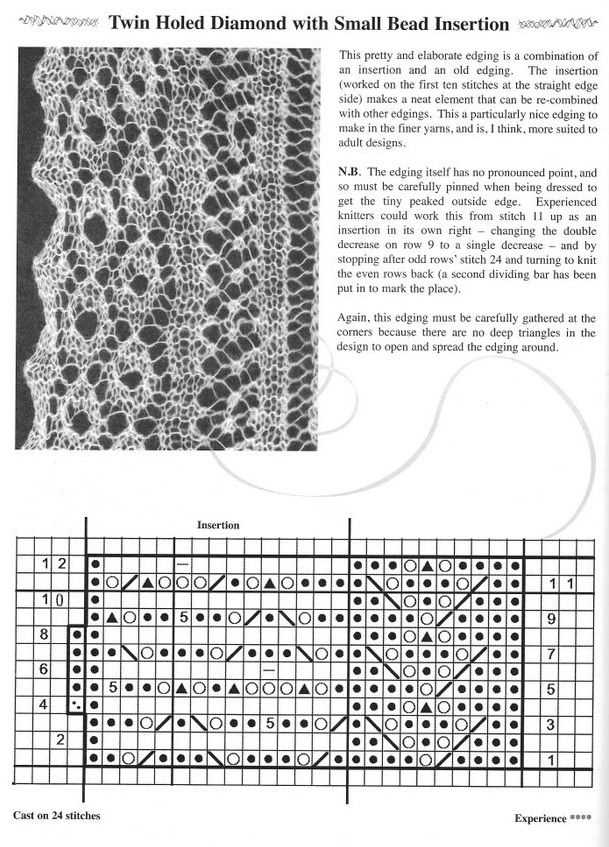
Knitting has always been more than just a craft. For many, it’s a way to connect with their ancestors and honor their heritage. One way to do this is by knitting heirloom patterns, which have been passed down through generations. These patterns are not only beautiful pieces of art, but they also tell a story. From intricate lace shawls to cozy cable-knit sweaters, each pattern has a rich history and a unique meaning.
Heirloom patterns have roots in different cultures around the world. For example, the Aran sweater originated in Ireland and is known for its intricate cable-knit patterns. These sweaters were traditionally knit by the wives and mothers of fishermen, who used specific stitch patterns to identify their loved ones if they were lost at sea. Similarly, the Shetland Lace Shawl hails from the Shetland Islands in Scotland, where it was often used as a wedding shawl and passed down as a treasured family heirloom.
Knitting heirloom patterns not only preserves a piece of history, but it also allows knitters to showcase their skills and creativity. These patterns often require advanced techniques and attention to detail, making them a challenge for even the most experienced knitters. However, the end result is always worth it. Whether you’re a beginner or an expert, knitting an heirloom pattern is a rewarding experience that allows you to create something truly special.
Why Heirloom Patterns Knitting is a Timeless Art
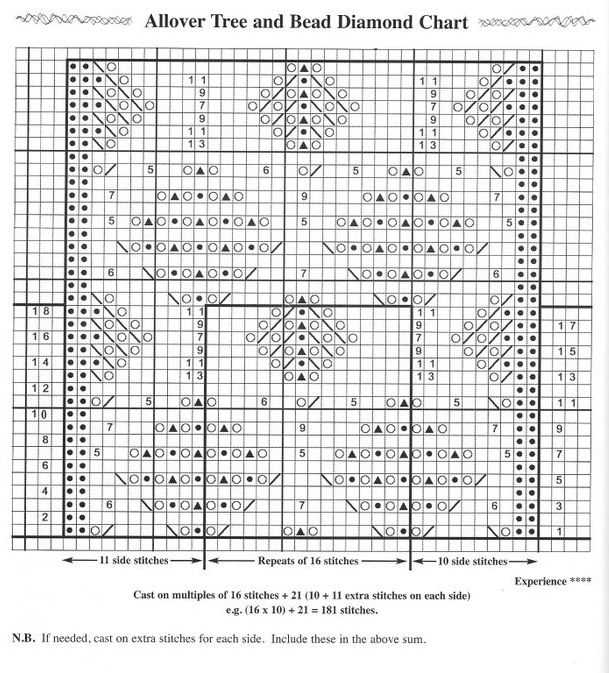
A heirloom is an object that is passed down through generations, carrying with it the memories and stories of those who came before. In the world of knitting, heirloom patterns hold a special place. They are timeless art forms that connect us to our roots, preserving a part of our heritage and culture. From delicate lace shawls to intricate cable sweaters, heirloom patterns showcase the skill and craftsmanship of generations past.
Preserving Tradition: Heirloom patterns knitting allows us to preserve traditional knitting techniques and designs that might otherwise be lost to time. These patterns often require advanced skills and attention to detail, as they were created long before the age of mass production. By continuing to knit these heirloom patterns, we pay homage to our ancestors and keep their craftsmanship alive.
Passing Down Stories: Heirloom patterns knitting is not just about creating beautiful pieces; it is also about passing down stories and memories. Each pattern has its own history, and by knitting these designs, we become part of that story. We can imagine the hands that knit the same pattern decades or even centuries ago and appreciate the artistry that went into creating these timeless pieces.
Quality and Durability: Heirloom patterns are known for their quality and durability. Many of these patterns have stood the test of time, with the finished pieces often lasting for generations. By using high-quality materials and following the intricate instructions, we can create heirloom pieces that will continue to be cherished and worn for years to come.
Continued Innovation: While heirloom patterns are deeply rooted in tradition, they also leave room for innovation and creativity. Knitters can add their own personal touches to these patterns, adapting them to suit their style and preferences. This blend of tradition and innovation keeps heirloom patterns knitting relevant and exciting, allowing for the creation of unique and meaningful pieces.
Connection and Community: Knitting heirloom patterns creates a sense of connection and community. By sharing our finished pieces and discussing the patterns with fellow knitters, we build bonds that transcend time and distance. It is through this shared love of heirloom knitting that we connect with people both past and present, forming a community that values the art and tradition of knitting.
The History of Heirloom Knitting Patterns
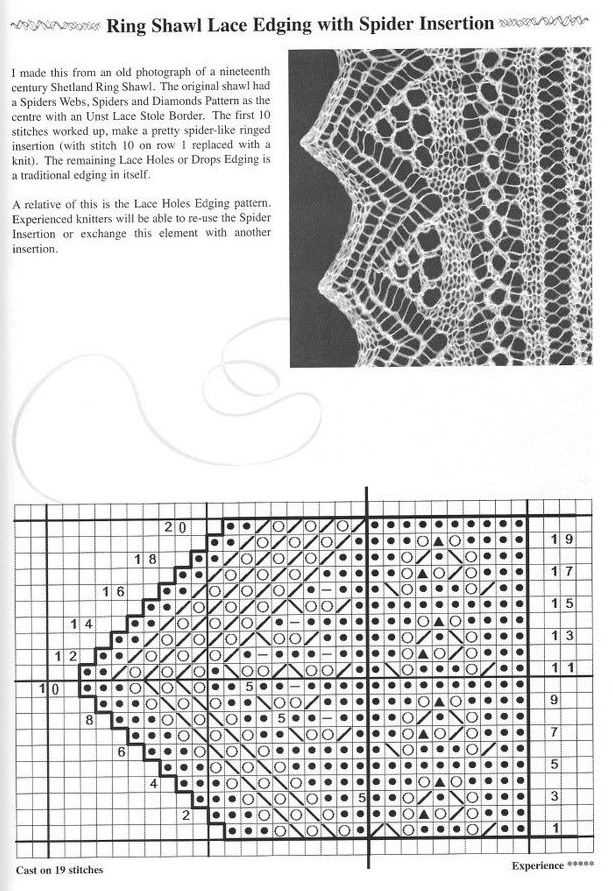
The tradition of heirloom knitting patterns dates back centuries, with each generation passing down their treasured designs and techniques to the next. These patterns are not only cherished for their beauty and intricacy, but also for the stories and memories woven into every stitch. From delicate shawls to cozy sweaters, heirloom knitting patterns have stood the test of time and continue to inspire knitters today.
One of the earliest examples of heirloom knitting patterns can be traced back to the Shetland Islands, where knitters developed the art of creating incredibly fine lace shawls. These shawls were often crafted using traditional lace motifs such as flowers, leaves, and geometric patterns, and required exceptional skill and patience to complete. The beauty of these shawls caught the attention of royalty and high society, leading to increased demand and the establishment of a thriving knitting industry on the islands.
As knitting became more popular throughout Europe, various regions developed their own unique heirloom patterns. In Scotland, fair isle knitting emerged, characterized by its colorful patterns and intricate stranded colorwork. This technique involved working with multiple colors in each row, creating stunning geometric motifs and richly textured garments. Fair isle knitting quickly gained popularity and remains a beloved tradition to this day.
Across the Atlantic, in North America, a different type of heirloom knitting pattern emerged. The Aran sweater, named after the Aran Islands off the west coast of Ireland, became synonymous with Irish heritage and craftsmanship. These sweaters were traditionally crafted using cream-colored wool, with intricate cables and textured stitches. Each stitch had a symbolic meaning, often representing aspects of island life and offering protection to the wearer.
Today, heirloom knitting patterns continue to capture the imagination of knitters around the world. While new designs are constantly being created, many knitters still find joy in returning to these timeless patterns, connecting with the rich history of knitting and the craftspeople who came before them. In a fast-paced world, heirloom knitting offers a way to slow down, create something meaningful, and preserve traditions that can be passed down to future generations.
Why Knitters Continue to Embrace Heirloom Patterns
Heirloom patterns have a special place in the hearts of knitters around the world, and it’s no wonder why. These timeless patterns have been passed down through generations, carrying with them a sense of tradition and history. Knitters continue to embrace heirloom patterns for a variety of reasons, including their unique design elements, sentimental value, and the satisfaction of creating something that can be cherished for years to come.
One of the main reasons knitters are drawn to heirloom patterns is the intricate and beautiful designs they offer. These patterns often feature delicate lacework, complex stitch patterns, and exquisite details that create a truly stunning finished piece. Knitters are inspired by the challenge and artistry of heirloom patterns, and enjoy the opportunity to showcase their skills and expertise in their craft.
Another reason why knitters continue to embrace heirloom patterns is the sentimental value they hold. Many knitters have fond memories of learning to knit from their mothers, grandmothers, or other loved ones, and heirloom patterns serve as a tangible connection to these cherished relationships. When knitting an heirloom pattern, knitters often feel a sense of closeness to their family history and heritage, creating a deeper emotional connection to their craft.
The process of knitting an heirloom pattern also provides a sense of fulfillment and satisfaction. Knitters appreciate the time and effort that goes into creating these intricate pieces, as they require patience, dedication, and attention to detail. The end result is a beautiful and unique handmade item that can be passed down to future generations, becoming a cherished heirloom in its own right.
In conclusion, heirloom patterns continue to be beloved by knitters for their unique design elements, sentimental value, and the satisfaction they provide in creating something that can be treasured for years to come. Whether it’s the intricate lacework or the connection to family history, these patterns hold a special place in the knitting community and will continue to be embraced for generations to come.
The Unique Charm of Heirloom Knitted Pieces
Heirloom knitting patterns hold a special place in the world of crafting. Passed down from generation to generation, these patterns are like treasured family heirlooms that carry with them a sense of history and tradition. Each stitch tells a story, connecting us to our ancestors and giving us a glimpse into their lives.
What sets heirloom knitting apart from other forms of knitting is the attention to detail and craftsmanship. These patterns often feature intricate lacework, delicate cables, and beautiful stitch patterns that require a high level of skill and expertise. Heirloom knitted pieces are not only stunning to look at, but they also showcase the artistry and skill of the knitter.
One of the unique charms of heirloom knitted pieces is their timeless appeal. Unlike trendy fashion items that come and go, these pieces are designed to stand the test of time. They are created with quality materials and are made to be passed down through the generations, becoming cherished family heirlooms. Whether it’s a delicate lace shawl, a cozy cable-knit sweater, or an intricate baby blanket, heirloom knitted pieces never go out of fashion.
Furthermore, heirloom knitting allows for personalization and customization. Knitters can choose the colors, yarns, and stitch patterns that resonate with them and reflect their own unique style. This personal touch adds an extra layer of meaning to the finished piece, making it even more special and sentimental.
When it comes to heirloom knitting, the process is just as important as the end result. Knitting these pieces requires time, patience, and dedication. Each stitch is carefully crafted, and every row is an opportunity to create something beautiful and meaningful. It’s a meditative and soothing practice that allows the knitter to slow down, relax, and connect with the past while creating something that will be treasured in the future.
The Most Popular Heirloom Knitting Patterns
Heirloom knitting patterns have been passed down through generations, becoming cherished traditions in many households. These patterns not only create beautiful knitted items but also carry with them a sense of history and nostalgia. In this article, we will explore some of the most popular heirloom knitting patterns that have stood the test of time.
One of the most beloved heirloom knitting patterns is the lace shawl. Often created using delicate lace stitches, these shawls are a true work of art. They can be passed down from mother to daughter or gifted to a loved one on a special occasion. The intricate patterns and fine yarn used in lace shawls make them a labor of love, but the end result is a timeless piece that will be treasured for years to come.
1. Aran Sweater
The Aran sweater is another classic heirloom knitting pattern that originated in the Aran Islands of Ireland. This pattern features intricate cable stitches that create a rich texture and unique design. Traditionally, Aran sweaters were made using natural wool, which provided warmth and durability. Today, this pattern has become popular worldwide, with many knitters adding their own personal touches to the traditional design.
2. Fair Isle Sweater
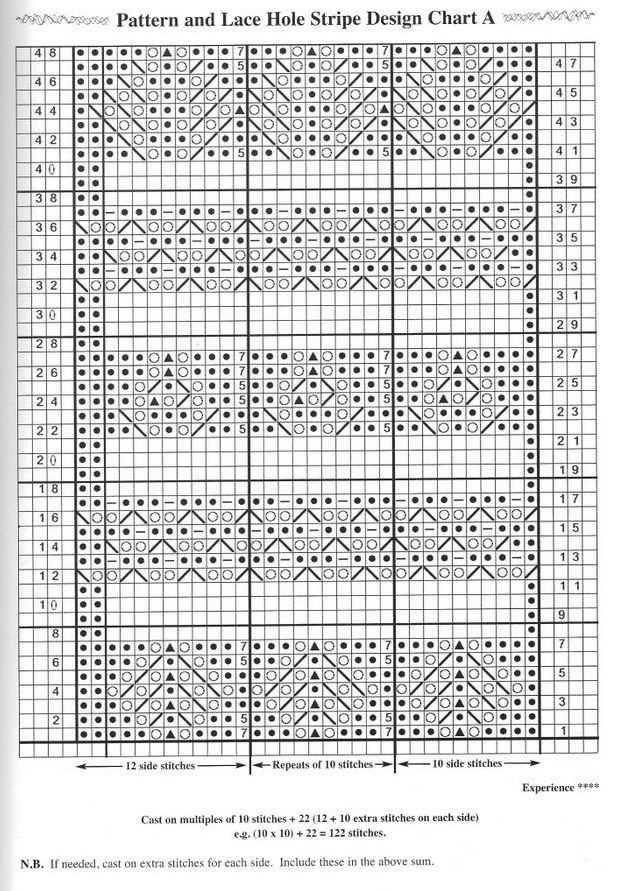
The Fair Isle sweater is known for its colorful stranded knitting technique, which originated in the Fair Isle of Scotland. This pattern uses multiple colors to create intricate patterns and motifs. The resulting sweater is not only visually appealing but also warm and cozy. Fair Isle sweaters have become a staple in winter wardrobes, and their timeless designs make them an ideal heirloom gift.
3. Baby Blanket
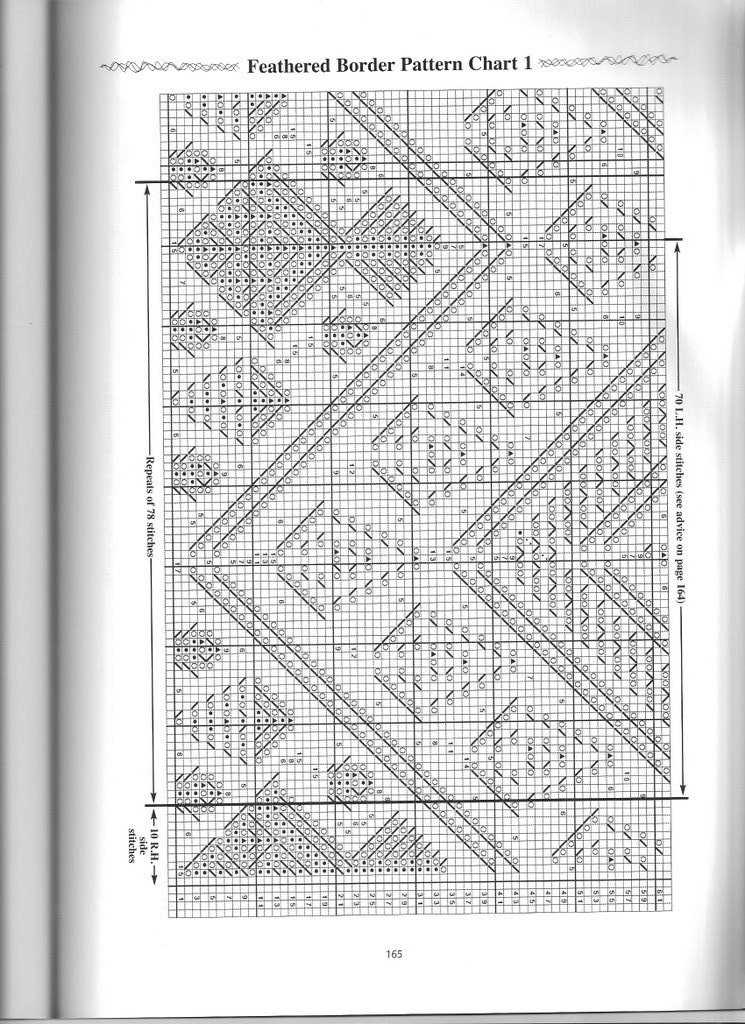
A baby blanket is a popular heirloom knitting pattern that is often passed down from generation to generation. Knitted with soft and gentle yarn, baby blankets provide warmth and comfort to little ones. Many knitters choose to incorporate lace or cable stitches into their baby blanket design, adding an extra touch of elegance. These blankets become cherished keepsakes that are often used for generations.
These are just a few examples of the most popular heirloom knitting patterns. Each pattern carries with it a sense of tradition and history, bringing warmth and beauty to homes for years to come. Whether you choose to knit a lace shawl, an Aran sweater, or a baby blanket, these heirloom patterns are sure to become treasured family heirlooms.
How to Start Knitting Heirloom Patterns
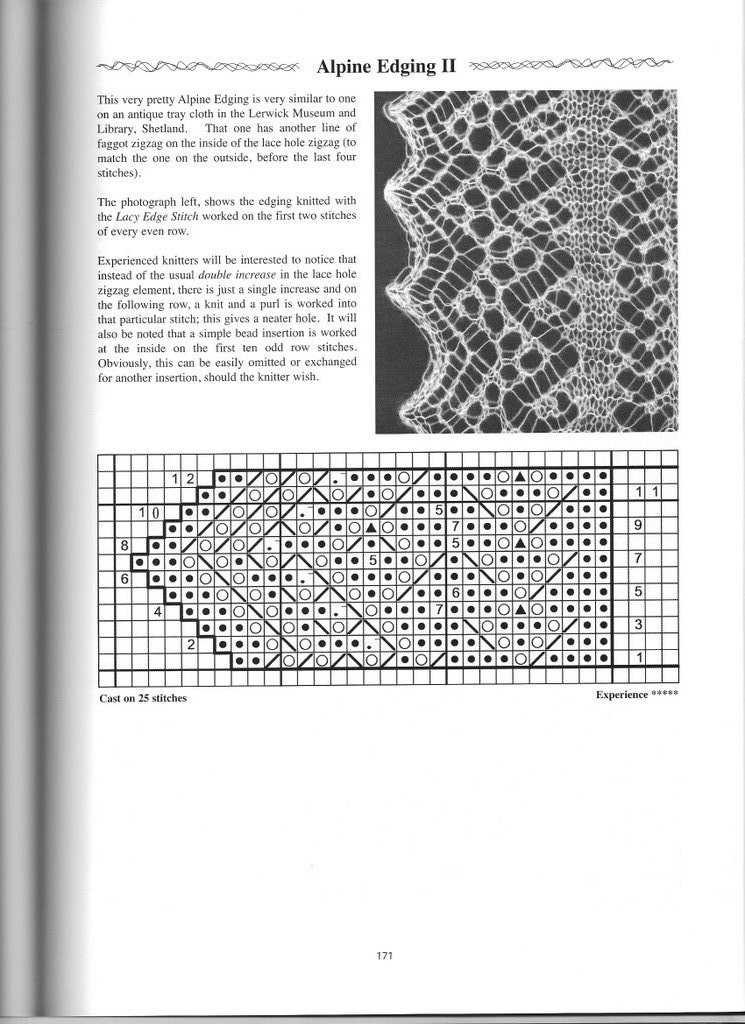
Knitting heirloom patterns can be a rewarding and fulfilling hobby. These patterns have been passed down through generations, often representing a family’s history and tradition. If you’re interested in starting to knit heirloom patterns, here are some steps to get you started.
1. Gather your materials
Before you begin knitting heirloom patterns, make sure you have all the necessary materials. This includes different sizes of knitting needles, stitch markers, yarn in various colors and weights, and a tapestry needle for weaving in ends. Having a well-stocked knitting kit will help you tackle any pattern with ease.
2. Choose a pattern
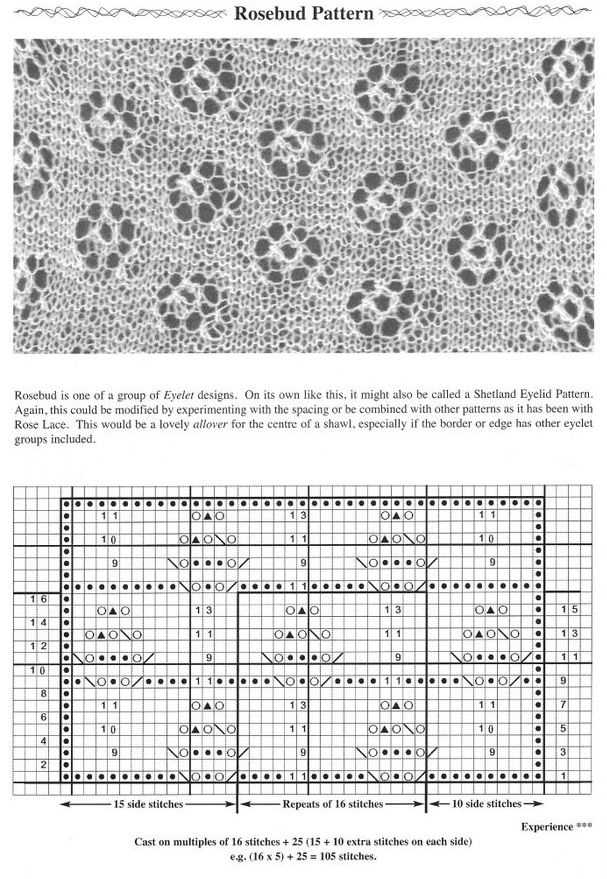
There are countless heirloom knitting patterns available, ranging from intricate lace shawls to cozy blankets. Take your time and browse through different pattern books or online resources to find a design that speaks to you. Consider the level of difficulty, your skill level, and the time commitment required for each pattern before making a decision.
3. Practice basic knitting skills
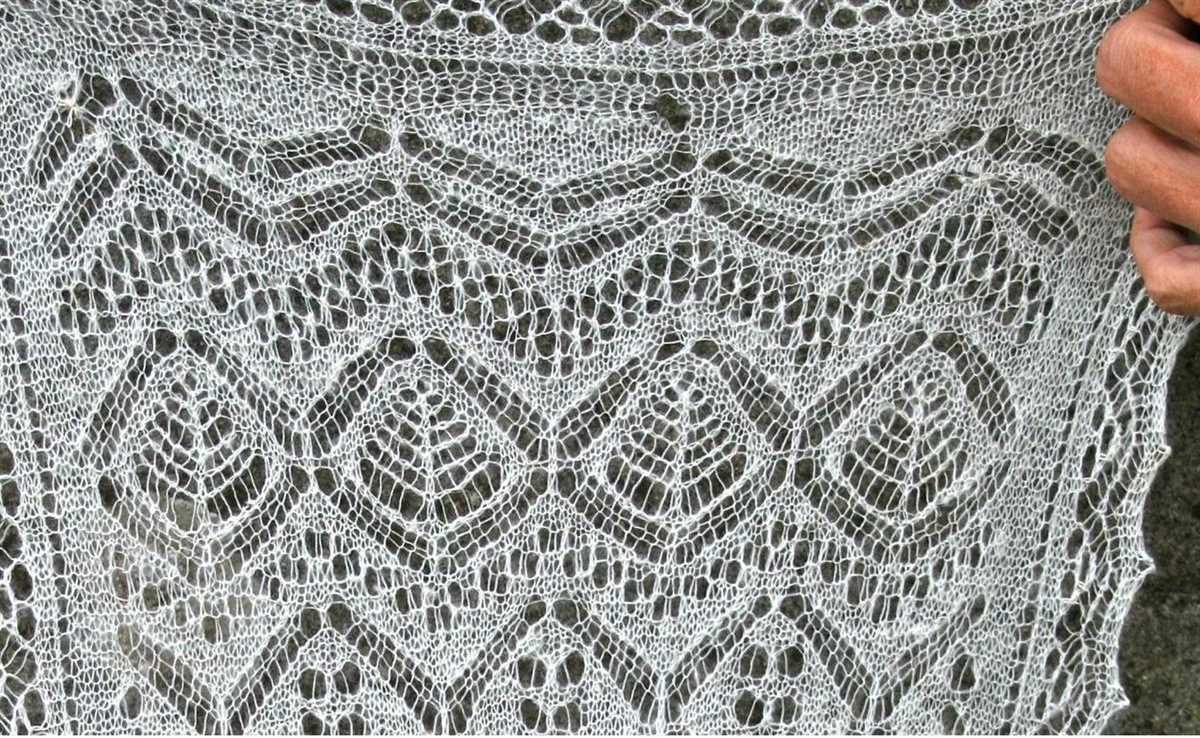
Before you dive into a complex heirloom pattern, it’s important to have a solid understanding of basic knitting stitches and techniques. Familiarize yourself with knitting, purling, yarn overs, decreases, and increases. Practice these skills by working on simpler projects or swatches until you feel comfortable and confident.
4. Read and understand the pattern
Once you’ve chosen a pattern, take the time to carefully read through it and make sure you understand all the instructions. Heirloom patterns can be intricate and may use special techniques or stitches. Familiarize yourself with any new terms or techniques by referring to knitting glossaries or online tutorials. This will help ensure that you can follow the pattern accurately.
5. Start knitting
With your materials gathered, basic skills practiced, and pattern understood, it’s time to start knitting your heirloom piece! Take it one step at a time, following the pattern instructions closely. Pay attention to stitch counts, gauge, and any special techniques or charts. Remember to take breaks and enjoy the process, knowing that you’re creating something special and meaningful.
Knitting heirloom patterns requires patience, perseverance, and attention to detail. As you gain more experience, you’ll be able to take on more complex designs and create beautiful, cherished pieces that can be passed down in your own family.
Tips and Tricks for Perfecting Your Heirloom Knitting Skills
Heirloom knitting is a cherished tradition that allows you to create beautiful and timeless pieces that can be passed down through generations. Whether you’re a beginner or an experienced knitter, here are some tips and tricks to help you perfect your heirloom knitting skills.
1. Choose the Right Yarn and Needles
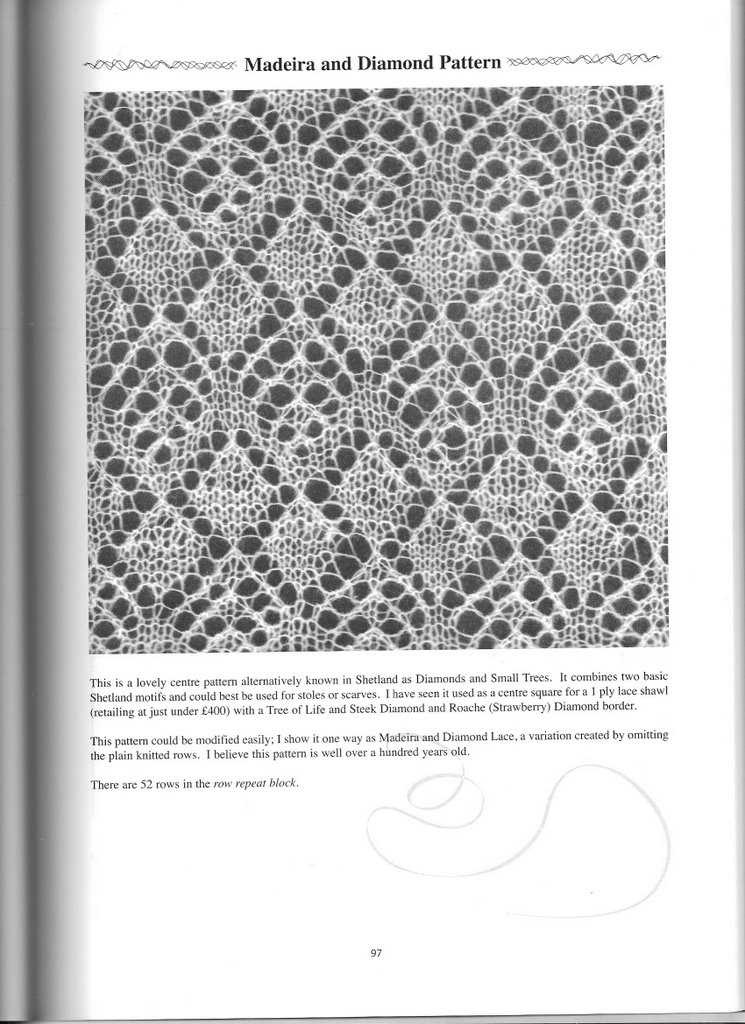
When it comes to heirloom knitting, using high-quality yarn and needles is key. Look for natural fibers like wool, silk, or cotton, as they have a luxurious feel and will stand the test of time. Make sure to match the yarn weight with the needle size recommended in your pattern to achieve the desired gauge.
2. Practice Your Lace Knitting
Lace knitting is a common technique used in heirloom patterns, adding elegance and intricate details to your projects. To master lace knitting, start with simpler lace patterns and gradually work your way up to more complex ones. Use stitch markers to help you keep track of pattern repeats and always follow the chart or written instructions carefully.
3. Block Your Knitted Pieces
Blocking is an essential step in heirloom knitting that helps smooth out your finished projects and enhances the stitch definition. Gently wash your knitted pieces with a mild soap and lay them flat to dry. Then, use blocking pins or wires to stretch and shape the garment to the desired measurements. Allow it to dry completely before removing the pins.
4. Pay Attention to Finishing Details
Finishing details like seams, buttons, and edgings can make a big difference in the final appearance of your heirloom pieces. Take the time to sew your seams neatly and invisibly, choose buttons that complement the design, and add delicate picot or scalloped edgings for a polished look. These small details can elevate your knitting to the next level.
5. Keep a Knitting Journal
Keeping a knitting journal is a great way to document your heirloom knitting journey. Write down the patterns you’ve used, the yarns and needle sizes, any modifications or adjustments you’ve made, and notes on the finished project. This will not only help you track your progress but also serve as a valuable resource for future projects or when passing down your knitting legacy.
Where to Find Heirloom Knitting Patterns
Heirloom knitting patterns are treasured designs that have been passed down through generations. These patterns often evoke a sense of nostalgia and traditional craftsmanship. If you are looking to create heirloom pieces of your own, there are several places you can find these timeless patterns.
1. Antique Stores and Thrift Shops: One of the best places to find heirloom knitting patterns is in antique stores and thrift shops. These establishments often have a wide selection of vintage knitting books and magazines that contain beautiful heirloom designs. You may need to spend some time digging through shelves, but the reward of discovering rare and unique patterns is well worth it.
2. Online Knitting Communities: The internet has opened up a world of possibilities for knitters looking for heirloom patterns. There are numerous online knitting communities and forums where you can connect with other knitting enthusiasts and share resources. These communities often have sections dedicated to sharing and trading heirloom patterns, making it a great place to find new designs.
3. Library Archives and Digital Collections: Many libraries have extensive archives of knitting books and magazines, some of which may include heirloom patterns. You can visit your local library and explore their collection, or check if they have any digital resources available online. Digital collections often allow you to access rare and out-of-print publications, giving you access to a wide range of vintage patterns.
4. Independent Knitting Designers: There are numerous independent knitting designers who specialize in creating heirloom patterns. These designers often draw inspiration from historical designs and put their own modern twist on them. You can find these designers through their websites or social media platforms, and they may also sell their patterns on knitting platforms and marketplaces.
5. Family and Friends: Sometimes, the best heirloom knitting patterns can be found within your own family or circle of friends. You may have a relative or friend who has inherited vintage knitting patterns and is willing to share them with you. These patterns often come with stories and memories attached, making them even more special to recreate.
In conclusion, finding heirloom knitting patterns requires some digging and exploration, but the reward is worth it. Whether you search in antique stores, online communities, library archives, or connect with independent designers and your own personal network, you can discover a treasure trove of timeless designs to create your own heirloom pieces.
Adapting Heirloom Patterns for Modern Styles
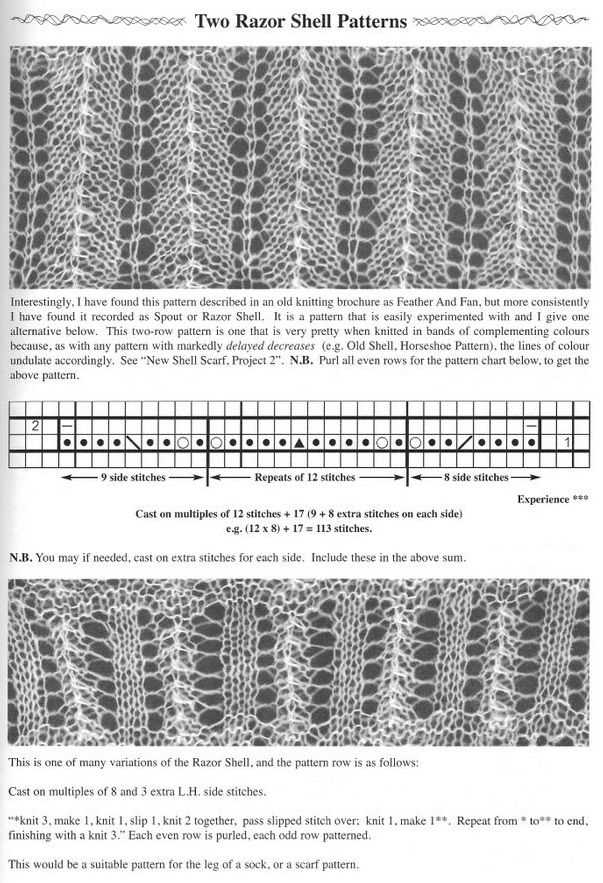
Heirloom patterns are treasured by knitters for their timeless beauty and intricate designs. These patterns have been passed down through generations and are often associated with nostalgia and a sense of heritage. However, as fashion trends and personal styles evolve, it is important to adapt these patterns to suit modern tastes.
One way to adapt heirloom patterns for modern styles is by incorporating contemporary colors. Traditional patterns often feature muted or earthy tones, but by selecting vibrant or pastel shades, you can give the design a fresh and modern twist. For example, you can use a neon pink or a soft mint green to update a classic lace shawl pattern.
Another way to adapt heirloom patterns is by altering the silhouette or fit of the garment. Vintage patterns may have a boxy or oversized shape, which may not be flattering for all body types. By modifying the pattern to have a more fitted or tailored look, you can create a garment that is both timeless and stylish. This can be achieved by adjusting the stitch count, the length of the garment, or the shaping techniques.
Creating Your Own Heirloom Knitting Patterns
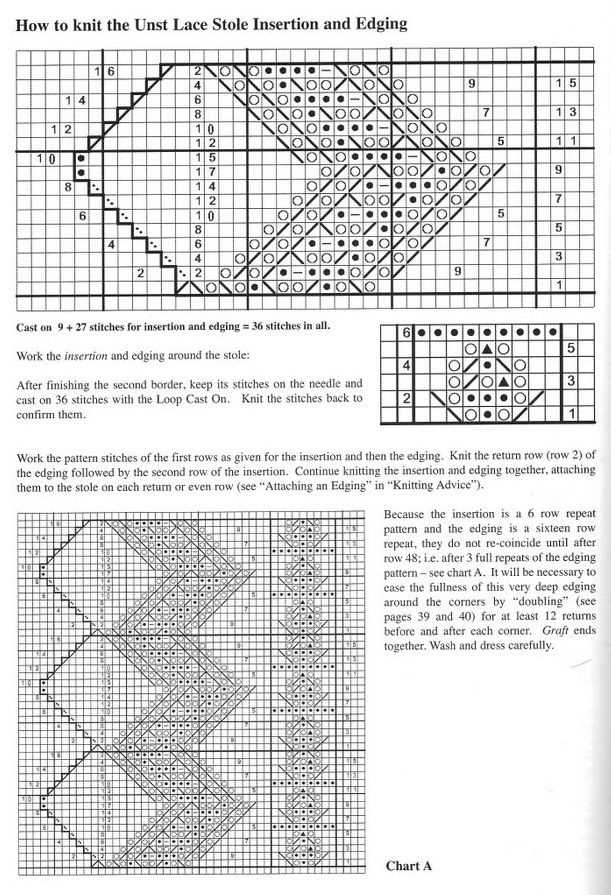
Knitting has a long history, and one of the most cherished aspects of this craft is the passing down of heirloom knitting patterns from generation to generation. These patterns are treasured not only for their beauty and intricacy, but also for the memories and stories they hold. If you’re a knitter who wants to create your own heirloom patterns, here are some tips to help you get started.
1. Study Traditional Designs
To create your own heirloom knitting patterns, it’s important to study and understand traditional designs. Look for antique knitting pattern books or explore museum collections to gain inspiration and learn about the techniques and motifs used in historical patterns. Pay attention to the construction of the pieces, the stitch patterns used, and the overall aesthetic of the designs.
2. Incorporate Personal Touches
When creating your own heirloom knitting patterns, don’t be afraid to incorporate personal touches. Consider adding a unique detail or motif that holds significance to you or your family. This could be a symbol that represents a shared love or a special memory. By adding these personal touches, you’re not only creating a beautiful piece but also infusing it with sentimental value.
3. Experiment with Different Yarns
Another way to make your heirloom knitting patterns stand out is to experiment with different yarns. Try using natural fibers like merino wool or alpaca for a luxurious feel, or consider using hand-dyed yarns for a unique color palette. Different yarns can drastically change the look and feel of a pattern, so don’t be afraid to try out different options to find the perfect match.
4. Document Your Process
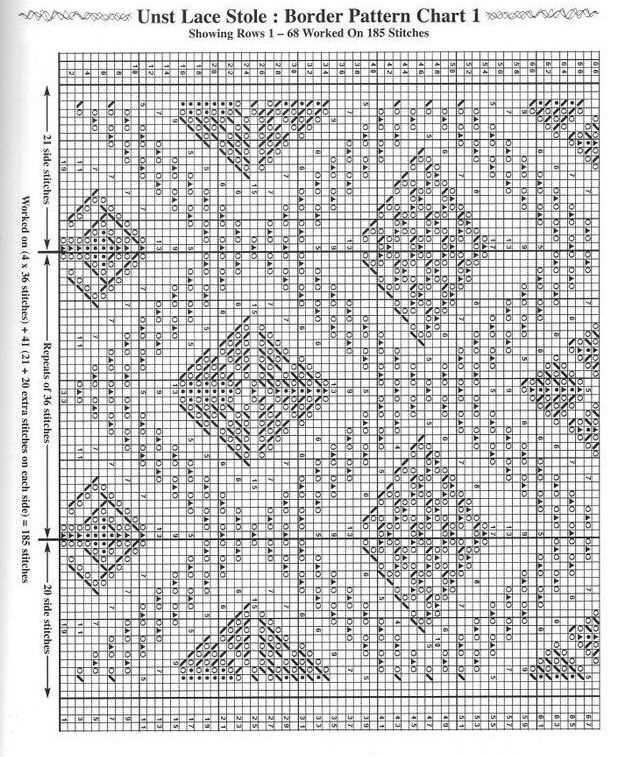
As you create your own heirloom knitting patterns, it’s important to document your process. Keep a knitting journal where you can record your ideas, sketch out designs, and note any modifications you make to existing patterns. This documentation not only helps you keep track of your progress but also allows you to pass down the story behind each design to future generations.
5. Share Your Patterns
Once you’ve created your own heirloom knitting patterns, don’t keep them to yourself. Share your patterns with other knitters and the wider knitting community. You can publish your patterns online, contribute them to knitting magazines or books, or even organize knitting workshops to teach others how to recreate your designs. By sharing your patterns, you’re not only contributing to the rich tradition of heirloom knitting but also inspiring a new generation of knitters.
The Importance of Sharing Heirloom Knitting Patterns
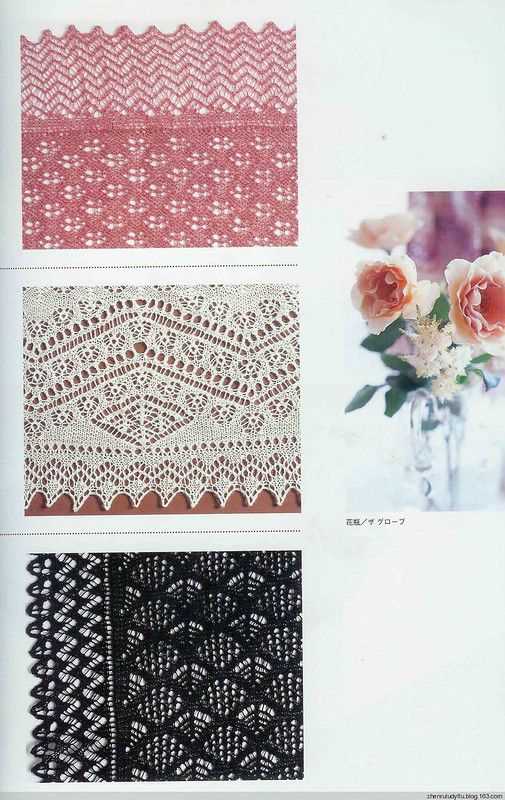
Heirloom knitting patterns are more than just instructions for creating beautiful garments. They are a link to the past, connecting us to the generations that came before us. These patterns have been preserved and passed down through families, carrying with them the memories, stories, and traditions of those who lovingly crafted them. Sharing these patterns not only ensures their survival but also allows others to connect with and appreciate the skill and artistry of the past.
Preserving Family Heritage
When we share heirloom knitting patterns, we are not only sharing the physical instructions for creating a garment but also the stories and memories associated with it. These patterns often hold sentimental value, as they have been handed down from one generation to another. By sharing these patterns with our loved ones, we are preserving our family heritage and ensuring that these traditions and memories continue to be cherished.
Passing Down Skills and Techniques
Heirloom knitting patterns are a treasure trove of traditional knitting techniques and skills. By sharing these patterns, we are passing down valuable knowledge and expertise to future generations. These patterns often include unique stitches, techniques, and construction methods that may have been forgotten or lost over time. By sharing these patterns, we ensure that these skills are not lost to history and can continue to be appreciated and practiced.
Connecting with the Past
When we knit from heirloom patterns, we are not only creating something beautiful but also connecting with the past. By recreating garments that were once worn by our ancestors, we are creating a tangible link to our family history. Through these patterns, we can honor and celebrate the traditions and craftsmanship of previous generations. Sharing these patterns allows others to experience this connection as well, creating a sense of community and shared heritage.
Promoting Creativity and Inspiration
Heirloom knitting patterns can serve as a source of inspiration for modern knitters. By sharing these patterns, we provide a wealth of ideas and designs that can be adapted and modified to create unique and personalized pieces. These patterns often showcase intricate stitch patterns, elegant designs, and timeless styles that can inspire knitters to create their own heirloom-worthy garments. Sharing these patterns fosters creativity, encourages experimentation, and promotes the preservation of knitting as an art form.
In conclusion, sharing heirloom knitting patterns is not only a way to preserve and honor our family traditions but also a way to connect with the past, pass down valuable skills, and promote creativity. By sharing these patterns, we contribute to the rich tapestry of knitting history and ensure that these beautiful garments and the stories behind them continue to be cherished for generations to come.
Preserving the Legacy of Heirloom Patterns Knitting
In conclusion, heirloom patterns knitting is not just a hobby or a craft, but a way to preserve the rich history and cultural heritage of knitting. These patterns carry with them the stories and traditions of generations past, and by continuing to knit and pass on these patterns, we are keeping these traditions alive and honoring the craftspeople who came before us.
While the popularity of modern knitting patterns and techniques may come and go, heirloom patterns have stood the test of time. They have been passed down through generations, with each knitter adding their own personal touch and creating something unique. This sense of tradition and connection to the past is what sets heirloom patterns apart from other knitting projects.
Preserving the legacy of heirloom patterns knitting requires not only the skill and dedication of knitters, but also the documentation and sharing of these patterns. Knitting communities, online platforms, and organizations dedicated to preserving knitting traditions play a crucial role in this preservation. By creating resources, organizing events, and facilitating the exchange of knowledge, these entities ensure that heirloom patterns continue to be accessible to future generations.
By engaging in heirloom patterns knitting, we are not only creating beautiful and meaningful pieces, but also contributing to the preservation of our cultural heritage. Whether you are a beginner knitter or an experienced one, embracing heirloom patterns and incorporating them into your knitting journey can be a rewarding and fulfilling experience.
Remember, the next time you pick up your knitting needles, consider exploring the world of heirloom patterns. You may be amazed at the history and stories that are woven into these patterns, and the connections you can make with knitters who came before you.